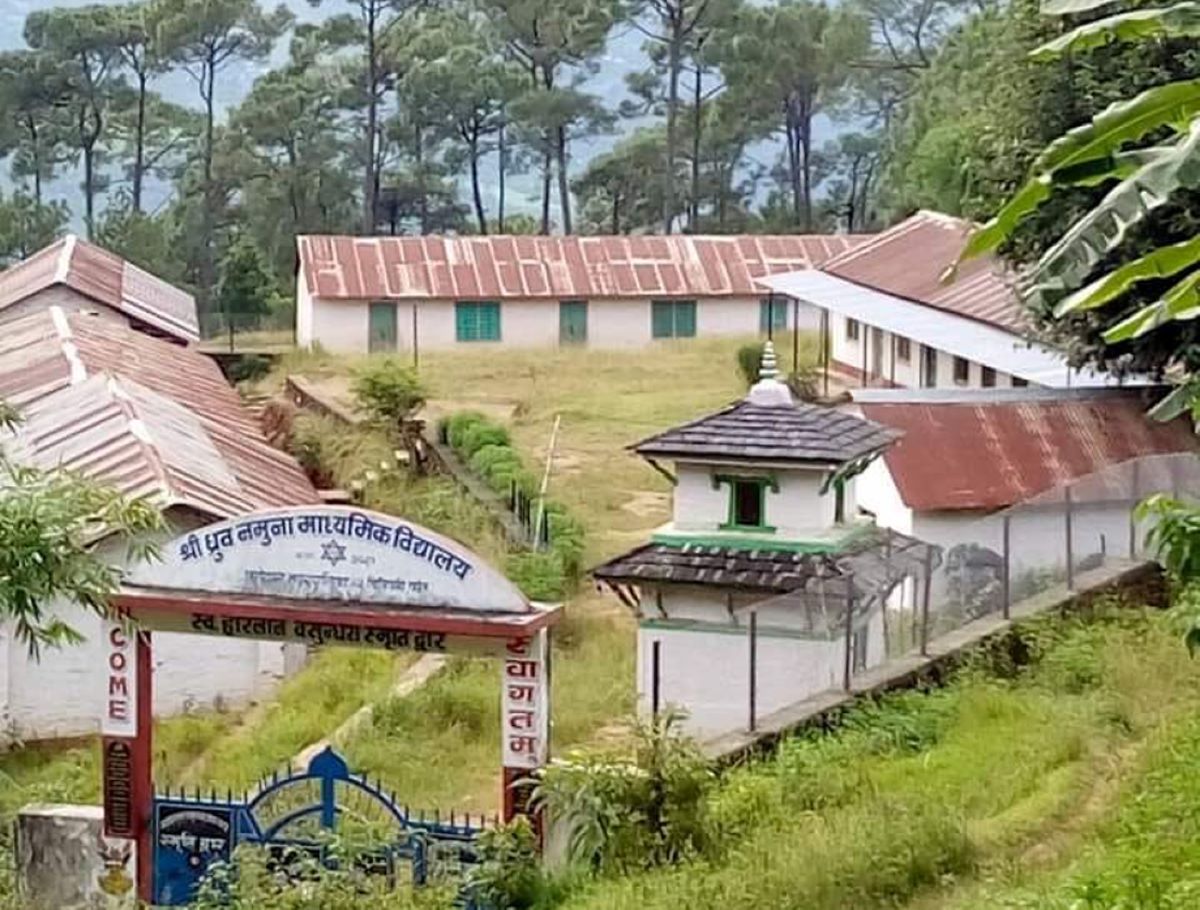Melbourne – In a groundbreaking move poised to redefine Australia’s immigration paradigm, the Federal Government has unveiled a comprehensive migration strategy encompassing eight pivotal changes aimed at reshaping the nation’s workforce and fostering long-term prosperity. These transformative measures span temporary and permanent skilled migration, bolstering integrity in education, combatting worker exploitation, and streamlining the visa system.
Here is quick information on the new changes in Education and Migration System in Australia:
1. Targeting temporary skilled migration to address skills needs and promote worker mobility
A new Skills in Demand visa with three targeted pathways, and visa settings that encourage migrant worker mobility in the labour market.
New commitments include:
• A new Specialist Skills Pathway to make it easier for Australia to attract highly skilled workers, for example in the technology or green energy industries
• A Core Skills Pathway to meet targeted workforce needs, with a simpler, regularly updated occupation list for the skills Australia needs
• New visa settings that give migrant workers more mobility in the labour market to help tackle worker exploitation and drive productivity
• Streamlined labour market testing and visa processing.
2. Reshaping permanent skilled migration to drive long-term prosperity
A commitment to explore a reformed points test for permanent skilled migration, and a new Talent and Innovation visa for migrants who can drive growth in sectors of national importance.
3. Strengthening the integrity and quality of international education
A package of integrity measures to lift the standards for international students and education providers, while ensuring graduates help meet skills shortages and do not become ‘permanently temporary’.
New commitments include:
• Higher English language requirements for international students and graduates
• More scrutiny of high-risk student visa applications and a $19m investment into the Home Affairs student visa integrity unit
• Restrictions on onshore visa hopping that undermines system integrity and drives ‘permanent temporariness’
• Strengthened and simplified Temporary Graduate visa settings
• Measures to support international students and graduates to realise their potential.
4. Tackling worker exploitation and the misuse of the visa system
A comprehensive suite of legislation, powers, penalties and policies to combat worker exploitation and restore integrity to the
migration system.
New commitments include:
• A new public register of employer sponsors to improve integrity and support migrant worker mobility.
5. Planning migration to get the right skills in the right places
A longer-term, evidence-based approach to planning migration that closely collaborates with states and territories and ensures population planning is based on the best available population data and forecasts.
New commitments include:
• A new approach to planning permanent migration over the long-term and greater state and territory collaboration on net overseas migration forecasts.
6. Tailoring regional visas and the Working Holiday Maker Program to support regional Australia and its workers
A new direction to ensure visas for regional Australia are prioritised first, and a commitment to evaluating regional migration settings and the Working Holiday Maker program to ensure migration supports development objectives in regional Australia and does not contribute to worker exploitation.
New commitments include:
• A new direction to ensure regional visas receive the highest priority visa processing.
7. Deepening our people-to-people ties in the Indo-Pacific
A new approach to developing people-to-people links with our region, including through a direct pathway to citizenship for New Zealanders and increased mobility with Pacific Island and Southeast Asian countries.
8. Simplifying the migration system to improve the experience for migrants and employers
A system-wide simplification agenda that will streamline visa settings, reduce visa classes and make the system easier to use.
New commitments include:
• The removal of 20+ unnecessary and duplicative visas to simplify the visa system.
The Department of Home Affairs will be in contact with key stakeholder groups to help the wider Australian community understand these changes. Further information will be published on these changes closer to the implementation date of each commitment.













